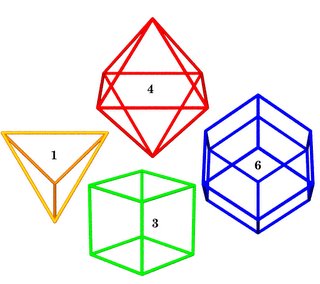Part of my work today was digging through old invoices remembering what I did for Urban League, Vision Northwest, Clackamas and Multnomah counties, Ecotrust, Northwest Regional China Council... all those varied and interesting nonprofit agencies.
I'm fortunate to have a Visual FoxPro database with that historical material.
I got a kick outta being "Foxpro guy" all those years, coding up a storm, writing applications. Working with heart people was pretty exciting.
My daughter has been learning her local geography better. When I was her age, Rome was my challenge, and I thank that city for its kindness to children in those days, including to visiting foreigners like me.
Sometimes (rarely) I mentally ride pieces of bus routes 26 and 55, two of those near our family abode, close to Piazza Ungheria on Viale Parioli.
So yes, it's a day of looking back, over more than just the one year.
Looking forward, I found myself defending what should need no defending: the relevance of hexadecimal numbers in our digital age.
I'd like to think we were getting more done, making some headway, but really how could that be? Here we are in 2010 (in most time zones) and math teachers are still debating whether base-16 is relevant? What about ASCII and Unicode? Anything?
Koski, Sam and I were surfing through chemistry by email, though on different wavelengths.
I was also thinking about Ron Resch, who slipped away from us this year. His daughter's name was Tara too. I was fortunate to get to know him and collaborate a little, towards the end of his life.
My late wife's step dad Arthur Dix, a beloved father to her, also died just a few days ago. I've been thinking of him and Gail.
Congratulations to Chris and Larry on their new grandchild.
Thanks to the Linus Pauling connection, Sam and I are immersed in discussions of icotwinning and Mackey shells, per this web site (I've since returned those borrowed tomes).
A material commonly able to assume the cuboctahedral fcc in a restful state (like a yoga position) will sometimes go into a rotationally five-fold symmetric icosahedral shape under stress, like if it's really tiny and surface tension becomes more a controlling factor (as happens at the nano scale).
I get into some related science in my 1991 Synergetics: the Invention Behind the Inventions:
Chemists have been able to generate icosahedral clusters of atoms by forcing xenon gas through a nozzle at high pressure. The xenon clusters, which spontaneously form as the gas cools, consist of concentric icosahedral shells - named Mackay shells after crystallographer Alan Mackay. The total number of atoms in such clusters is expressed using the familiar synergetics formula:
N = 1 +SIGMA(10F2+ 2)
Or, alternatively, one may derive:[2]
N = (10/3)F3+ 5F2+(11/3)F + 1
This icosahedral cluster growth pattern cannot be maintained indefinitely out to any frequency however. At some point, it jitterbugs to release pent-up stress and relaxes into alignment with the isomatrix to become a stable crystal. As Dr. Bjornholm of the Niels Bohr Institute at the University of Copenhagen puts it: "The point is that hard spheres cannot really be packed into the icosahedron... The spheres have to be soft... As a result a strain builds up in the cluster and at some stage it becomes favourable to release the strain through a rearrangement of the atoms leading to the familiar cuboctahedral structure of the macroscopic crystal."[3] The jitterbug transformation has been discovered in nature.
Woo hoo, I'm the life of the party, cutting and pasting dry chemistry on a day of kissing and celebration. Hey, it takes all time zones.
Happy New Year everyone.















